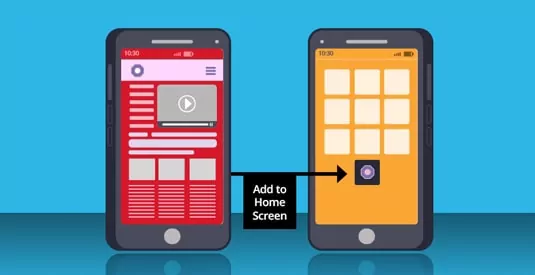In my last blog, I spoke at length on the three pillars and ten forces for crafting game-changing products. We dabbled with theoretical management practices while discussing successful products. Today, we will take a closer look at the tactics deployed by major corporations to create great products and product ecosystems.

We will start with the first pillar of configuration and explore possible tactics with each force. The first and foremost force to reckon with is the ‘profit model’.
1. Premium
When a product is priced at a higher margin than competitors, usually for a superior product, offering, experience, service or brand. E.g. Apple’s iPhone is a premium as smartphone pricings can get.
2. Cost Leadership
Popular smartphone brands like RealMe and Xiaomi keep variable costs low and sell high volumes at low prices.
3. Scaled Transactions
FMCG brands like Colgate-Palmolive maximize their margins by pursuing high volume, large scale transactions when unit costs are relatively fixed.
4. Micro Transactions
Major Android, iOS and console games like PUBG & Fortnite are based on this freemium model. They are free to play, to begin with, but as user engagement picks up, they will sell you many items for as little as a dollar to drive impulse purchases at volume.
5. Forced Scarcity
While it may seem unethical, the forced scarcity model is common. Ferrari, Lamborghini & Bushmills grew as brands that limited the supply of offerings available by quantity, time frame and access to drive up demand and/or prices.
6. Subscription
Netflix and Amazon prime are the kings of this game. They create predictable cash flows by charging customers upfront a recurring fee to access the product/service over time.
7. Membership
Even with hardware, you won’t be able to play multiplayer games on a Sony Playstation without the PSN Membership. It is a time-based payment to permit access to offerings or services that non-members won’t have.
8. Installed Base
HP’s Printers and Gillette’s Shaving Kits are great examples of this model. They offer a “core” product for slim margins (or even a loss) to drive demand and loyalty, then realize the profit on additional products and services like cartridges and blades.
9. Switchboard
One of the early beneficiaries of this tactic was eBay and, later, Amazon. Switchboard is the practice of connecting multiple sellers with multiple buyers. The valuation of the switchboard grows when more buyers and sellers join in.
10. Auction
Google’s Pay Per Click allows the open market of advertisers to set bid prices for Search Engine marketing practices. The same goes with Social Media Platforms like Facebook & Twitter that allow in-stream advertising.
11. User-Defined
Brands like Panera and Bandcamp invite news customers to set a price they wish to pay. This model is also called pay-as-you-wish.
12. Freemium
Most games and productivity apps like YouTube Music have this feature for desktop and mobile usage. They offer basic services for free while charging a premium for advanced or special features.
13. Flexible Pricing
Ola & Uber are major players with this tactic. Under the surge pricing model, they vary the prices for their offerings based on demand.
14. Float
Ola’s S1 Electric Scooters are a great example of how this works. They received payment before building the scooter and used the cash to earn interest before making margins.
15. Financing
Network operators use this model to sell bundled hardware like iPhones and Blackberrys that capture revenue not directly from the sale of a product but from structured payment plans and after-sale interest.
16. Ad-Supported
YouTube and Spotify provide content/services for free to one party while selling listeners, viewers or “eyeballs” to another party, more often the advertisers.
17. Licensing
Major OEMs like Microsoft, Oracle and IBM work on this revenue model. They grant permissions to groups or individuals to use their offerings in a defined way for a specified payment.
18. Metered Use
Post-paid services for internet connectivity and electricity companies like Tata Power allow customers to pay for only what they use.
19. Bundled Pricing
ISPs, BFSIs, and Gaming Consoles sell in a single transaction two or more items that could be sold as standalone offerings. For example, Sony PS4, VR Kits and PSN services are often sold together by Sony.
20. Disaggregate Pricing
This is the reverse of bundled pricing. It allows customers to buy precisely and only what they want. Like you can buy Apple Music subscription without owning an Apple device.
21. Risk Sharing
This is precisely how health insurance works across the world. You pay an annual premium. By sharing the risk, you, your insurance company, and doctors/hospitals are protected from individually bearing the costs for those who need a lot of health care or have medical emergencies during the year.
Profit or revenue models often determine how organizations can position their products in a competitive market.
" This is quite a long read so that we will save the tactics for forces of ‘network’, ‘structure’ and ‘process’ for the next parts of the essay series. Happy reading! "










































We will verify and publish your comment soon.